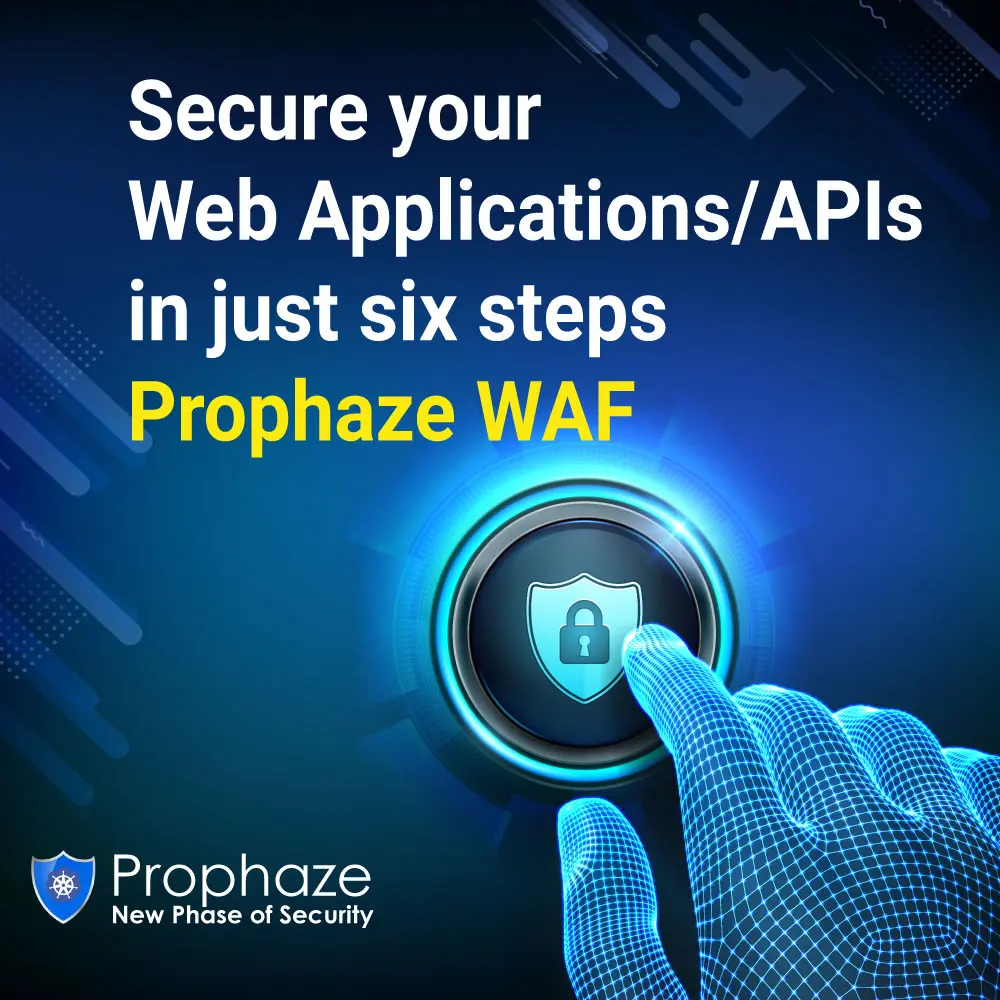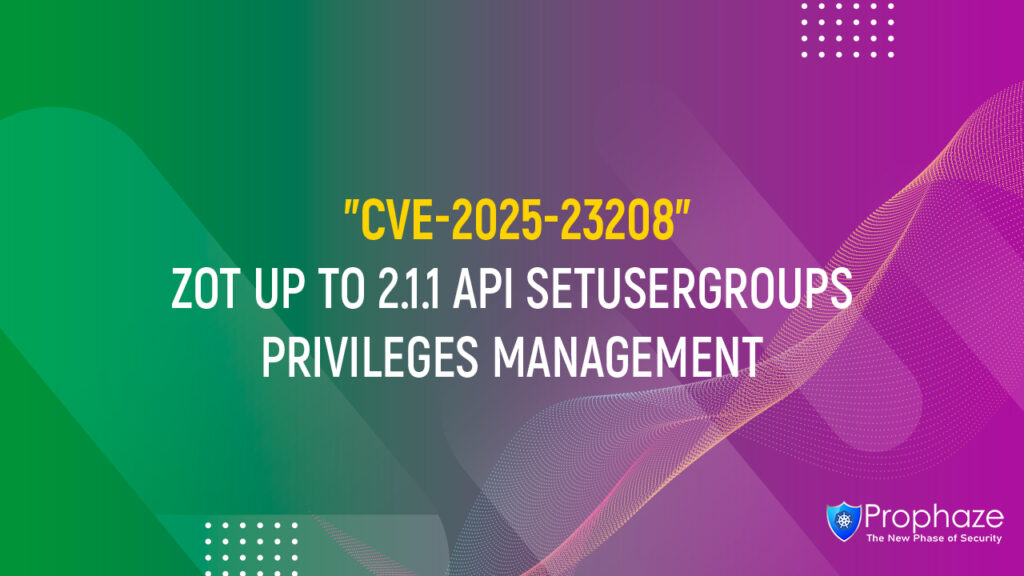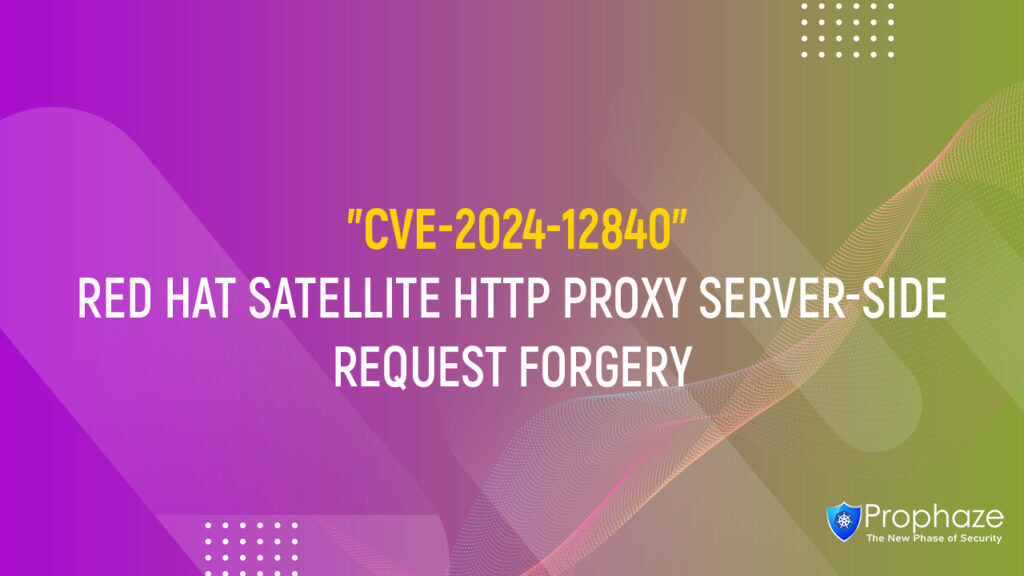| Overview : | ||||||||||
|
||||||||||
How can I mitigate CVE-2020-10374 until I can update?I want to make sure that a remote code execution (RCE) of a UNC path on the PRTG core server system with the security context of the PRTG core server service (CVE-2020-10374) is not possible until I can update to PRTG versions as of PRTG 20.1.57. What CVE-2020-10374 is aboutWith a carefully crafted POST request, a possible attacker can perform an RCE by executing a UNC path on the PRTG core server system with the security context of the PRTG core server service, without the need of an authenticated session. By utilizing the what parameter of the screenshot function that is used in the Contact Support form in PRTG, for example, an attacker is able to inject a crafted, URI-compatible UNC path that is executed as part of the caller chain down to the Chromium engine to create the screenshot.
How to mitigate CVE-2020-10374To mitigate the security issue, you have the following options. Option 1: Web application firewallIf you have a web application firewall (WAF), you can block HTTP POST and GET requests that contain the what parameter, or you can delete or overwrite the what parameter. Note: This process differs depending on the WAF you use. For detailed instructions, please refer to the respective product’s documentation. Option 2: No web application firewallIf you do not have a WAF and if you do not need to generate any PDF reports for PRTG until you can update to the latest PRTG version, go to C:\Program Files (x86)\PRTG Network Monitor\Sensor System and rename the file reporter.exe to break the calling chain of the attack vector. Note: This does not affect any major PRTG functionality. Generating screenshots and PDF reports,
|
|||||||
|
|
|||||||





